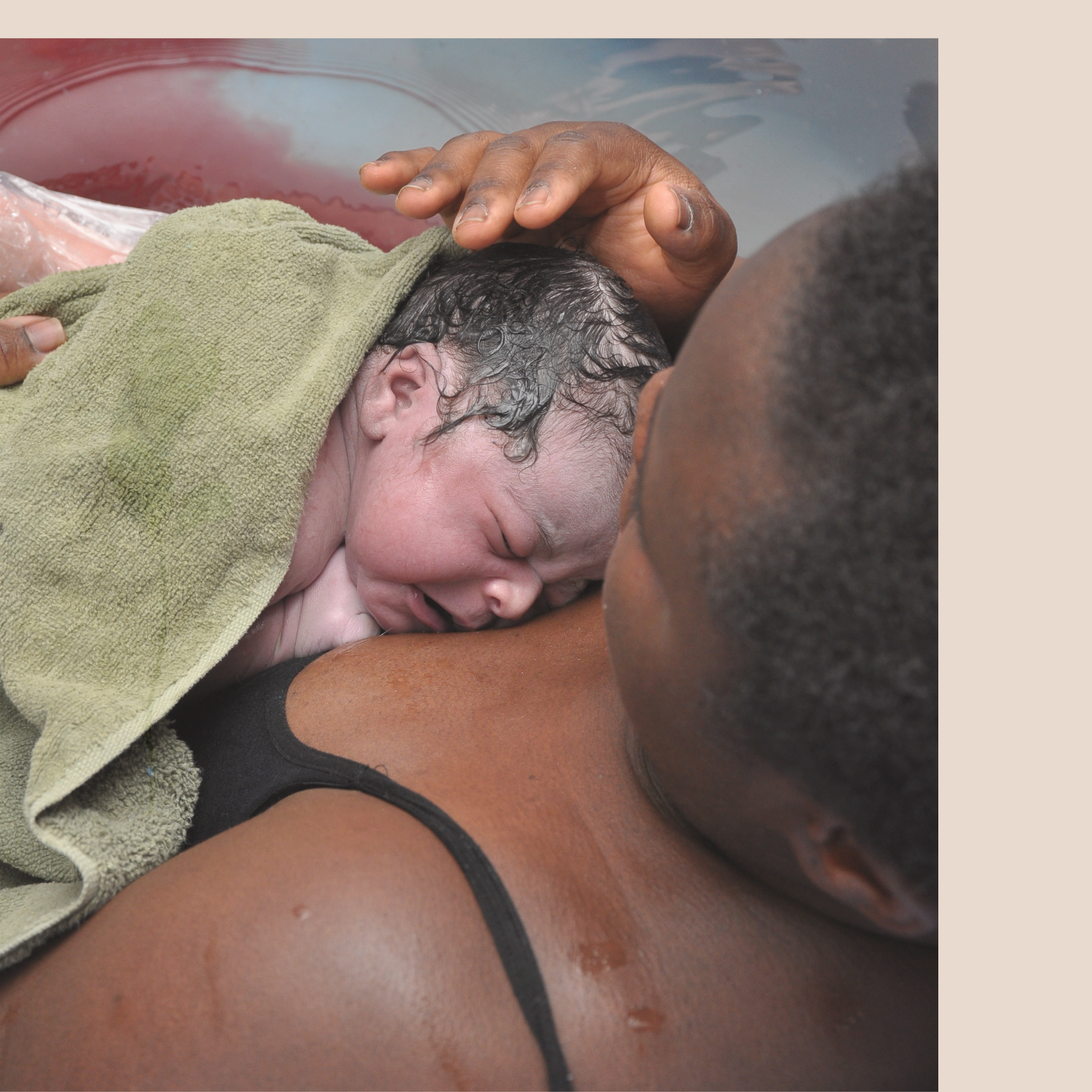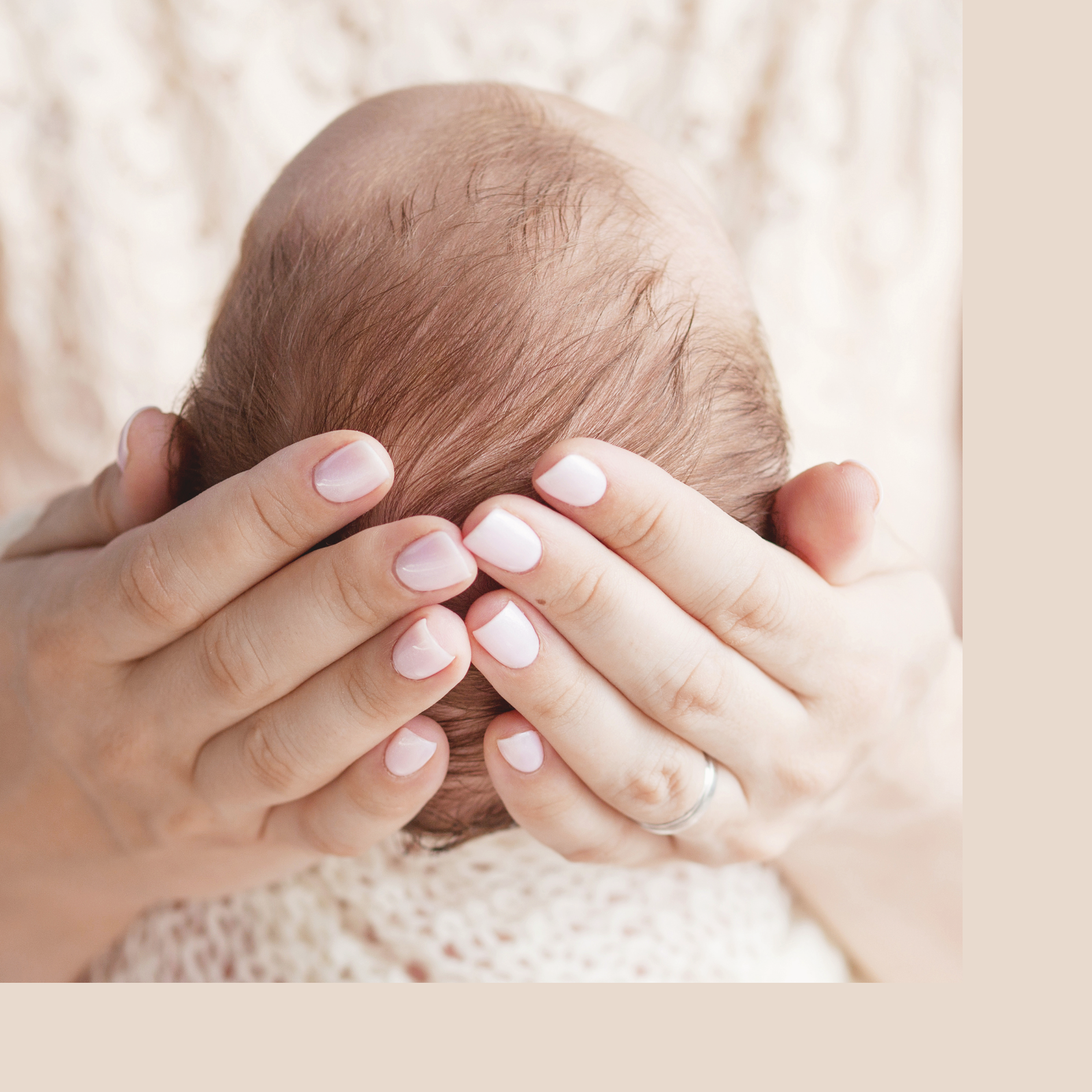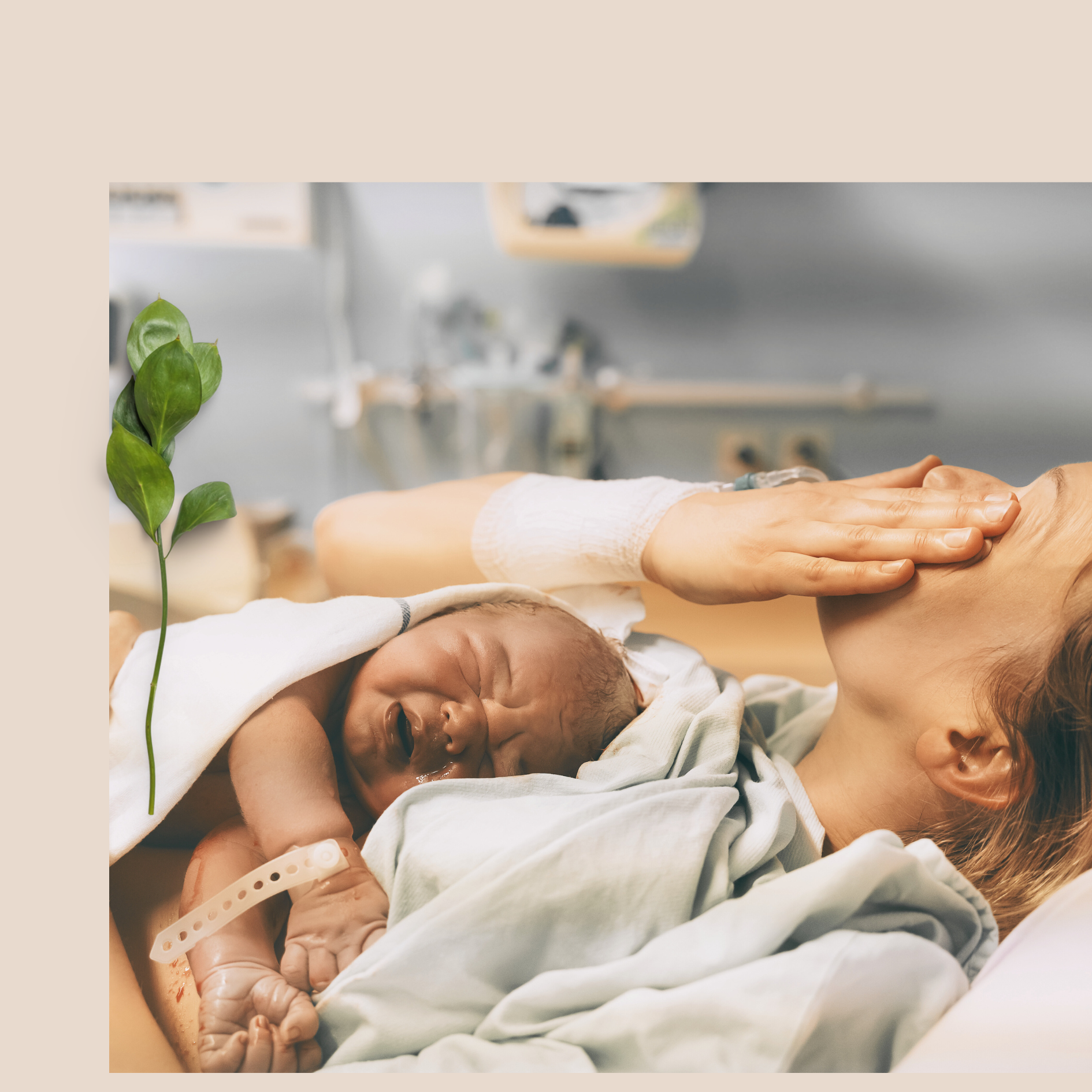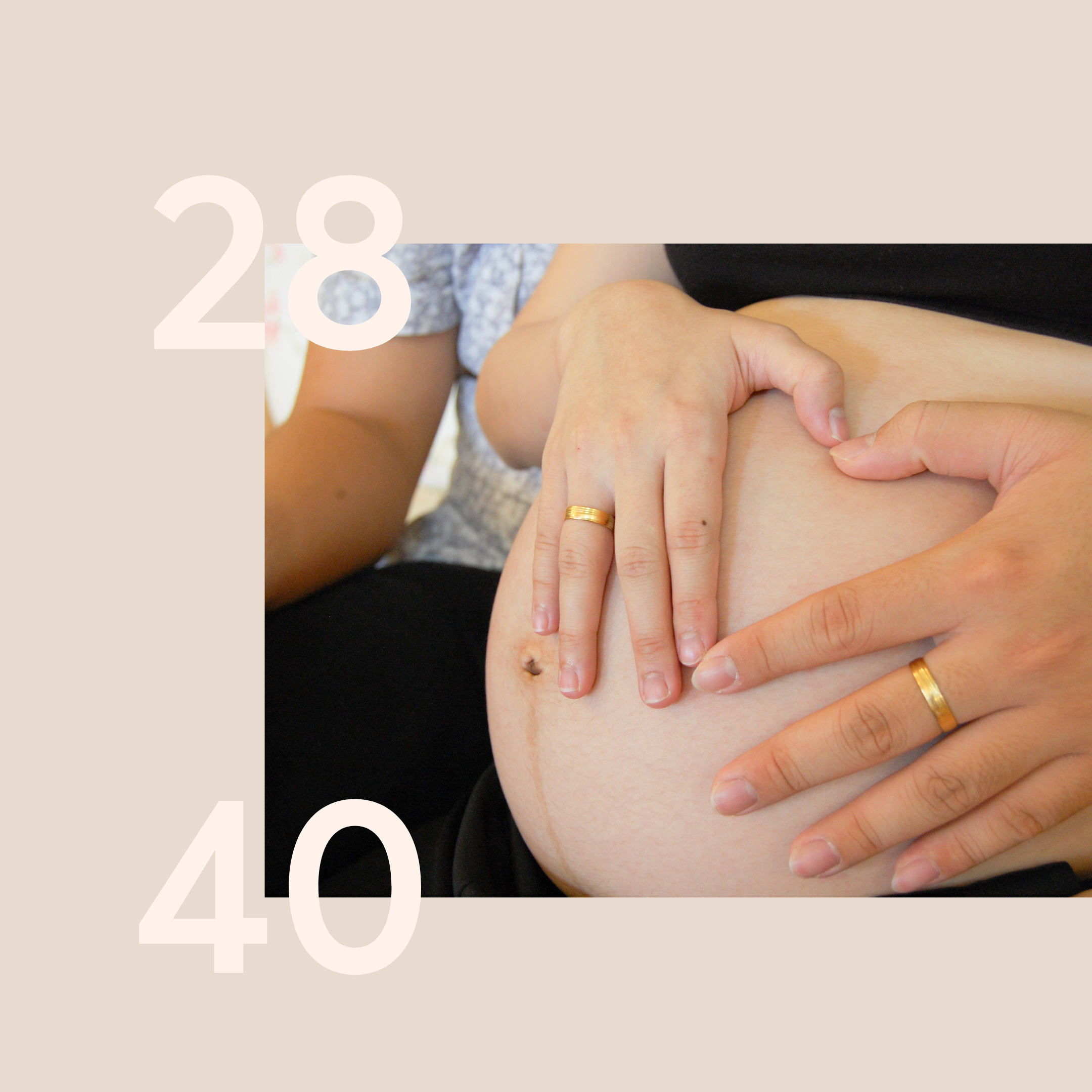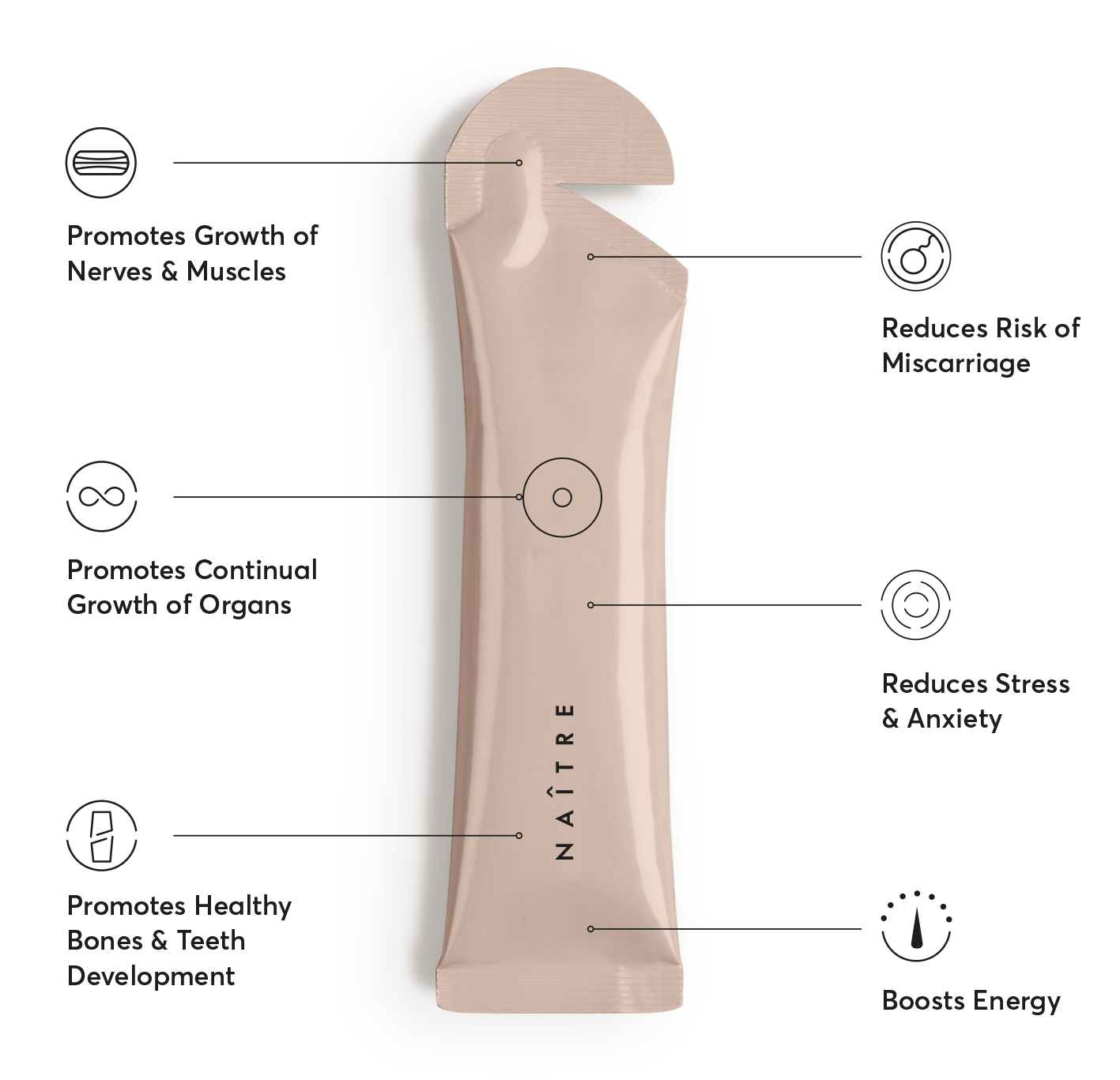As we embark on this awe-inspiring journey of parenthood, it's important to approach the exploration of our baby's potential physical traits with curiosity and appreciation for the beautiful and diverse combinations that genetics can create. While we may not have all the answers, understanding the genetic foundations can help us embrace the wonder and individuality of each precious life we bring into the world.
Decoding the Genetic Code:
Our genetic code, contained within DNA, serves as the blueprint for our physical attributes. Genes are segments of DNA that carry instructions for specific traits. Each person inherits a unique combination of genes from their biological parents, which determine their physical characteristics. The field of genetics has made remarkable progress in unravelling the intricacies of this genetic code.
What Colour Hair Will My Baby Have?
Hair colour is determined by a complex interplay of genetic factors. Two main pigments, eumelanin and pheomelanin, contribute to the variety of hair colours we observe. The precise combination of these pigments is influenced by multiple genes inherited from both parents.
The MC1R gene, for example, plays a crucial role in determining red hair. If both parents carry a variant of this gene, there is a higher chance of their baby having red hair. On the other hand, a combination of other genes, such as those involved in melanin production, can influence the chances of hair colour ranging from blonde to brown to black.
What Colour Eyes Will My Baby Have?
Eye colour is another captivating aspect influenced by genetics. While eye colour inheritance is complex, it is primarily determined by the interaction of multiple genes, including OCA2 and HERC2. The simple answer is that there is no easy answer because so many genes are involved and, of course, we don’t know exactly which genes a baby will have.
However, there are ways to make fairly accurate predictions, such as using the simple grid chart called the Punnett square.
Probability of Eye Colour Chart
- Two blue-eyed parents: There is a high probability that the baby will have blue eyes, but this isn't guaranteed.
- Two brown-eyed parents: Odds are that the baby will have brown eyes, but if either or both parents have family members with blue or lighter-shade eyes, there is a chance that the baby could have an eye colour other than brown.
- One blue-eyed parent, one brown-eyed parent: There is about a 50/50 chance that the child will have blue eyes.
- One or both parents with green or hazel eyes: The baby could have green or hazel eyes, but it is difficult to know for sure.
- Generally, changes in eye colour go from light to dark. So, if your child initially has blue eyes, their colour may turn green, hazel, or brown. But if your baby is born with brown eyes, it is unlikely that they are going to become blue.
How Tall Will My Child Be When It's an Adult?
Height is a polygenic trait, meaning it is influenced by multiple genes. The inheritance of height is not as straightforward as some other traits because it involves the interaction of various genetic factors.
There are a few formulas that exist to estimate your child’s adult height.
For example:
Add the mother's height and the father's height in either inches or centimetres. Next, add five inches (13 centimetres) for boys or subtract five inches (13 centimetres) for girls. Finally, divide this figure by two and voilà!
Another proposed method to estimate a child's adult height is to double a boy's height at age two or a girl's height at age 18 months.
However, environmental factors, nutrition, and overall health also play a significant role in determining a person's final height. As a general rule, studying the heights of their biological parents and close relatives can provide a general estimation.
Will My Child be Left-Handed or Right-Handed?
Left-handedness, like many aspects of human development, is a complex trait that is influenced by various factors. Approximately 10% of the human population is left-handed, and its occurrence is not solely determined by genetics. Multiple factors, including genetics, prenatal environment, cultural influences, and chance, contribute to handedness.
While recent studies have identified four genetic regions associated with left-handedness, it is important to note that the genetic influence on handedness is still not fully understood. Other research suggests that as many as 40 genes may contribute to this trait, indicating the intricate nature of its genetic basis.
The bottom line is - a lot of left-handed parents have left-handed children...and right-handed children. Just as a lot of right-handed parents have right-handed children...and left-handed children.
Will My Child Look Like Me?
Facial characteristics, such as the shape of the nose, lips, and chin, are influenced by the interaction between the genes involved in craniofacial development contributes and the unique features individuals inherit from their parents. Random genetic variation can also play a role in shaping facial appearance.
Skin colour is influenced by the production and distribution of melanin, responsible for pigmentation. Multiple genes (MC1R, SLC24A5, and TYR) contribute to variations in skin tone. The inheritance of these genes from both parents can determine whether a baby will have lighter or darker skin.
Additionally, geographical ancestry can also play a role in determining skin tone.
Body Structure: Genetic factors play a role in determining body structure, including factors like body mass index (BMI), body shape, and muscle composition. Genes involved in metabolism, fat distribution, and muscle development influence these characteristics.
Will My Child Act Like Me?
Personality Traits: While physical traits are heavily influenced by genetics, personality traits are more complex and are influenced by a combination of genetic and environmental factors. Personality traits arise from a complex interplay of genetic variations that contribute to behavioural tendencies, temperament, and cognitive processes. However, environmental factors, upbringing, and life experiences also shape personality.
Understanding what your baby might look like involves deciphering the intricate genetic code that shapes our physical characteristics. While genetics can provide valuable insights into traits such as hair colour, eye colour, height, handedness, facial features, skin tone, body structure, and even personality traits, it's important to remember that genetics is just one piece of the puzzle. Environmental factors, random genetic variation, and individual uniqueness also contribute to the final outcome.



